B museum of priceless art sculpture architecture of humanity
About 70km from Da Nang city, in Duy Phu commune, Duy Xuyen district, Quang Nam province, My Son relic site is located in a valley with a diameter of about 2km, surrounded by hills and mountains with an architectural complex of many Champa temples. This used to be a place for worship and a mausoleum area for kings, mandarins, and royal relatives of the ancient Champa dynasties. In 1999, My Son relic site was recognized by UNESCO as a
World Cultural Heritage. Here, Champa civilization is crystallized in lasting material remains, expressed in temple and tower architecture, containing historical, cultural, architectural, and artistic values created over a long period of time, rated on par with famous relics in the Southeast Asian region such as Angkor Wat (Cambodia), Ayutthaya (Thailand), Pagan (Myanmar), Borobudur (Indonesia).
Spanning many centuries, My Son is a complex of more than 70 temples and towers with many architectural and sculptural styles representing each historical period of the Champa kingdom.
The reason My Son relic site is considered the most magnificent and typical religious relic site of the Champa people is because it was built continuously for more than 1,000 years, from the 4th century by King Bhadravarman (reigning from 349 to 361) to the end of the 13th century, the beginning of the 14th century under the reign of King Jaya Simhavarman III (Che Man), spanning many centuries, My Son is a complex of more than 70 temples and towers with many architectural and sculptural styles typical of each historical period of the Champa kingdom. Most of the architectural works and sculptures at My Son are influenced by Hinduism. The towers are all pyramid-shaped, symbolizing the sacred Meru peak, the residence of Hindu gods. The tower gate often faces East to receive sunlight. The outer walls of the towers are often decorated with S-shaped leaf motifs connected together. The decorations are sandstone sculptures of Makara (a mythical beast, a sea monster with sharp fangs and long trunks), Apsara dancers, lions, elephants, Garuda birds, praying people... The entire sanctuary consists of two hills, facing each other in the East-West direction and right at the intersection of a stream, the streams have become natural boundaries dividing this place into four areas A, B, C, D. This division is in accordance with feng shui factors and also avoids the situation of fragmenting the architectural ensemble. The temples in My Son are divided into many clusters, built according to the same principle. The structure of each cluster consists of small towers or auxiliary works surrounding the main temple (Kalan). The main temple symbolizes Mount Meru - the center of the universe, the place where the gods converge. The main temples worship a set of Linga or the image of the god Siva - the protector of the Champa kings. The auxiliary temples worship the gods who watch over the direction of the sky. The ancillary structures are tiled-roofed towers, where pilgrims make offerings and store offerings. Time and war have severely damaged the site. But what remains still plays an extremely important role in the world's historical, cultural, architectural and artistic heritage. According to architect Kazik (Kazimiers - Kwiatkowski), "This is a priceless museum of architectural and artistic sculpture of humanity. The ancient Champa people put their spirituality into the soil and rocks; and relied on nature to create a magnificent - solemn - majestic My Son".
Lost in ancient Cham culture
Coming to My Son, we will still see with our own eyes the sandstone steles engraved with ancient words that are over 1,000 years old but still very clear and beautiful... Still seeing the core, the highlight of Cham sculpture art is the strong vitality of people with an inner soul that is sometimes soaring and refreshing, sometimes calm and thoughtful, sometimes troubled and tormented. What remains here still carries the mysterious beauty of the unique architectural style of the Champa people. This is what has attracted domestic and foreign tourists to come here to visit and
explore , and then be amazed and admire the architectural, sculptural and decorative art of the ancient Champa people. In particular, the technique of bonding materials without mortar in the construction of temples in My Son is still a mystery that has not been solved yet... Not only does it have a distinct architectural style, but this place also contains the unique cultural features of the Cham people with gentle and graceful Cham dances. In the offering dance, Cham dancers carry candles, water, fruits, betel and areca nuts on their heads to offer to the gods. The gracefulness and smoothness praise the beauty, the beautiful curves that nature has bestowed on the beauties easily enter the hearts of tourists when coming to My Son. In addition, tourists can also enjoy many unique artistic activities such as folk performing arts, fire-biting dance, offering dance, water-carrying dance... This is also a destination that attracts many photographers and backpackers who love the mysterious and different to learn and explore... Tourists can stop to experience some nearby places: such as Tra Kieu Church, Tra Kieu Mother Goddess, Sa Huynh - Champa Cultural Museum. Or enjoy specialties such as: tapioca cake, Tam Ky chicken rice, Quang Nam green eel porridge, banh to, Quang noodles... with family and friends. Coming to My Son during the festival, visitors will witness Cham religious dignitaries performing the ritual of praying for peace right at the tower according to the customs passed down. Or enjoy other traditional rituals such as ceremonial costumes, palanquin processions, water processions, cultural exchanges, performances of Cham ethnic instruments, graceful and skillful Cham dances. In particular, during the Kate festival, you will witness the magical dance - the enchanting "soul of the stone" dance that makes you feel like you are lost in the ancient Cham culture with the image of girls in brilliant, sparkling costumes, to the sound of Paranung drums and the captivating sound of Sarainai flutes...
Source: https://nhandan.vn/my-son-khu-di-tich-ton-giao-ky-vi-nhat-post855304.html
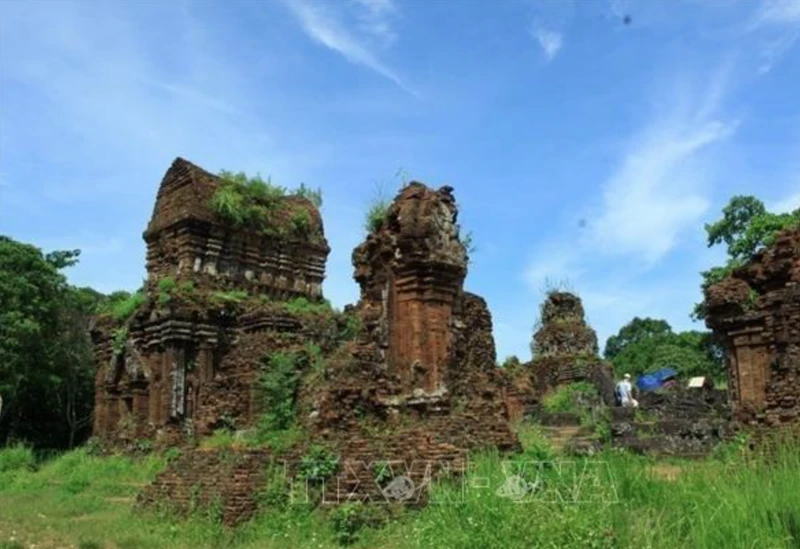


![[Photo] Ho Chi Minh City holds funeral for former President Tran Duc Luong](https://vphoto.vietnam.vn/thumb/1200x675/vietnam/resource/IMAGE/2025/5/24/9c1858ebd3d04170b6cef2e6bcb2019e)



![[Photo] Party and State leaders visit former President Tran Duc Luong](https://vphoto.vietnam.vn/thumb/1200x675/vietnam/resource/IMAGE/2025/5/24/960db9b19102400e8df68d5a6caadcf6)





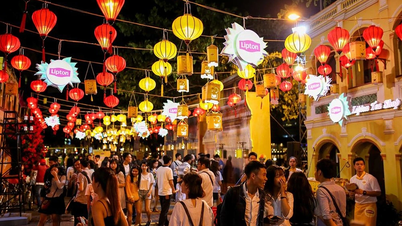

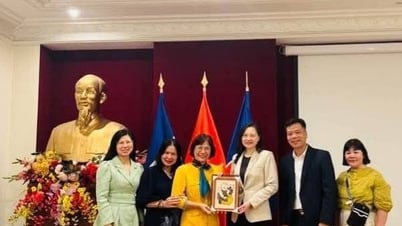

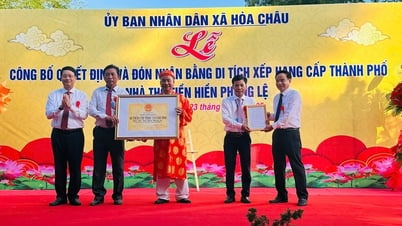






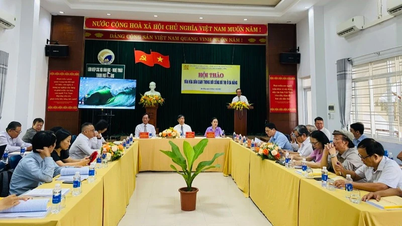
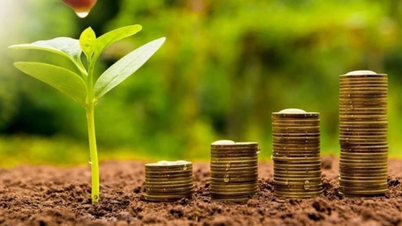

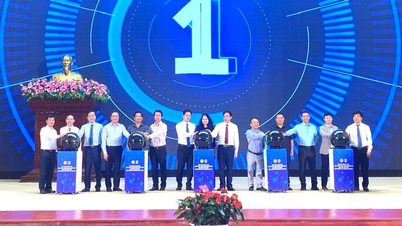

![[Photo] Party and State leaders visit former President Tran Duc Luong](https://vphoto.vietnam.vn/thumb/402x226/vietnam/resource/IMAGE/2025/5/24/960db9b19102400e8df68d5a6caadcf6)

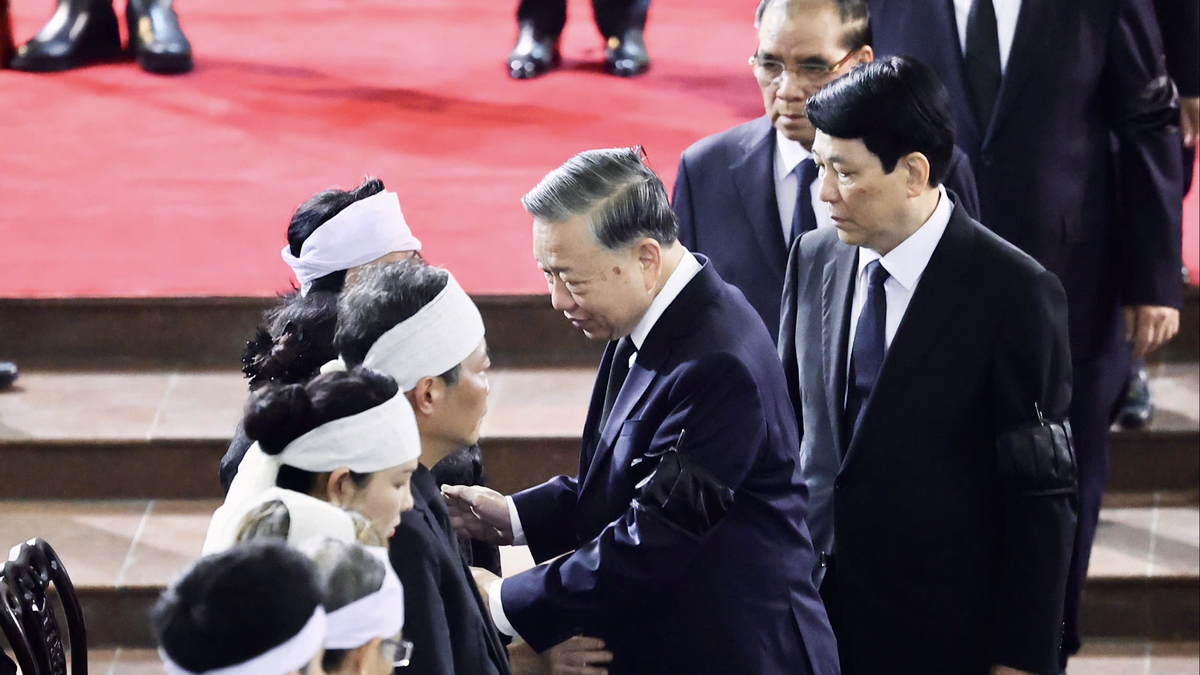


























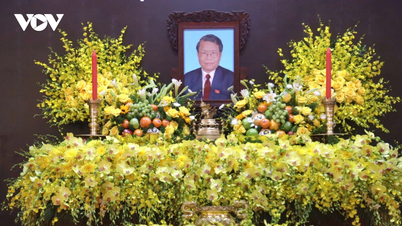
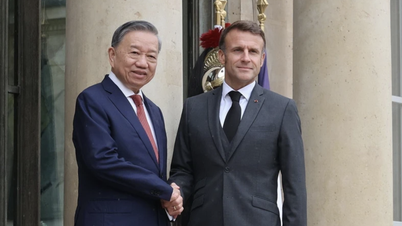
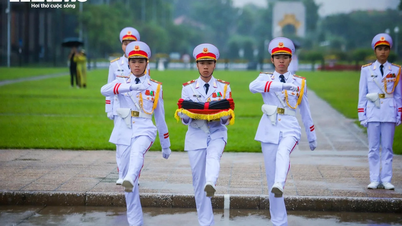










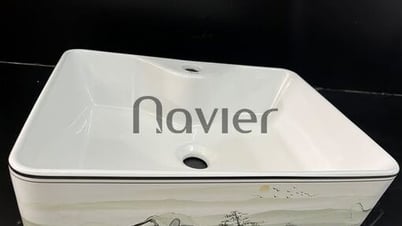

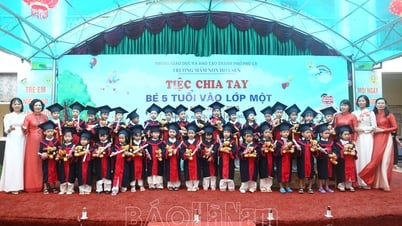

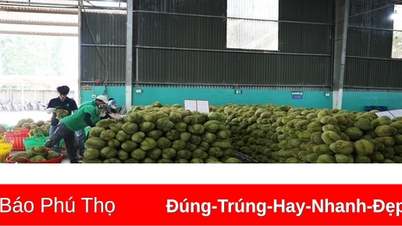



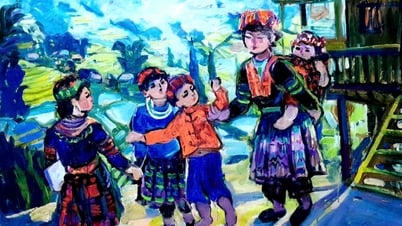











Comment (0)